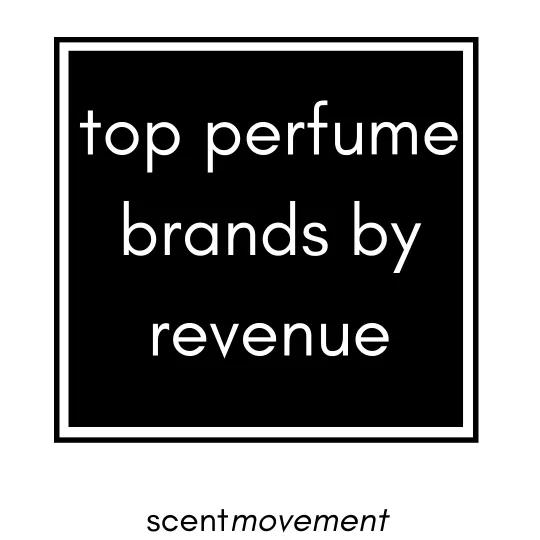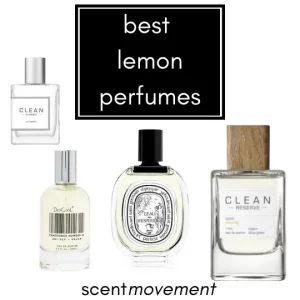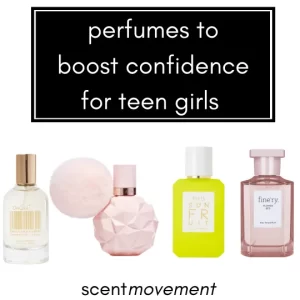
The world of perfumery is a kaleidoscope of captivating scents and emotions. Perfumes have a way of expressing our personality, mood, and individuality. They speak for us, even in our silence. But do you know which brands reign supreme in the perfume industry? Let’s dive into the world of the most popular perfume brands, by revenue.
In the financial realm of business, revenue (sales) and profitability (profits) are two paramount indicators. Yet, it’s essential to understand that high sales do not always translate into high profits. The perfume industry, with its intricate processes and high operational costs, serves as a perfect example of this complex relationship.
In the business world, revenue refers to the total income generated from selling goods or services — in this case, perfumes. Revenue, often called the “top line,” gives an initial idea of a company’s size and market presence.
However, revenue only tells part of the story. A perfume brand might generate high sales, but this doesn’t automatically mean it’s making a significant profit.
Profitability, or profit, is what’s left after all the costs associated with creating and selling those perfumes are deducted from the revenue. These costs can include raw materials, production, marketing, distribution, and administrative costs.
Even if a perfume brand has high sales, it might not be highly profitable if its costs are also high. Conversely, a brand with moderate sales might have high profitability if it effectively controls its costs.
So, why doesn’t high sales volume always lead to high profitability? Here’s the breakdown:
Pricing and Cost Control: A luxury perfume brand may sell fewer units due to high prices but may enjoy high margins, leading to significant profits. In contrast, a mass-market brand may sell many units but may have thinner margins due to lower prices, resulting in lower overall profitability.
Operating Costs: Perfume production can be costly, involving expenses for quality ingredients, packaging, and marketing. A brand might generate high sales, but if the costs of producing and selling those perfumes are also high, the profits could be minimal.
Market Strategy: Some brands deliberately opt for a high-volume, low-margin strategy, prioritizing market share over profitability. Others may target a niche, high-end market, focusing on high margins and profitability, even with lower sales volumes.
In the captivating world of perfumes, success can be measured in various ways. Two common metrics are revenue and popularity. While intertwined, these are distinct concepts, and high revenue does not always equate to the most popularity. Let’s delve into why this is the case.
Revenue represents the total income a company generates from its business activities, like selling perfumes. A brand’s revenue depends on various factors, such as product pricing, distribution channels, and marketing strategies.
For example, luxury perfume brands like Chanel or Dior may generate high revenues due to their premium pricing and global distribution networks. However, these high-end brands cater to a niche market, meaning their high revenue doesn’t necessarily imply mass popularity.
Popularity, on the other hand, is more about brand recognition and how many people prefer or are aware of a particular brand. Popularity can be driven by factors like customer satisfaction, product accessibility, marketing campaigns, and even celebrity endorsements.
A budget-friendly brand like Zara, with its affordable perfume line, may be more popular in terms of the number of customers and bottles sold. However, because of their lower price points, they might not generate as much revenue as the luxury brands.
The relationship between popularity and revenue can be intricate in the perfume industry. High revenue does not always mean the most popularity, and here’s why:
Pricing Strategy: Luxury brands often price their products high, catering to a niche, affluent customer base. They may sell fewer bottles but generate more revenue due to high prices. On the contrary, more affordable brands may sell more units, gaining popularity, but might generate less revenue due to lower prices.
Brand Portfolio: Many companies own multiple brands across different price points, which can impact both revenue and popularity. A parent company might own both a high-revenue luxury brand and a popular budget-friendly brand.
Market Coverage: High-revenue brands often have extensive global distribution networks, including high-end department stores and duty-free shops at airports. Popular brands, particularly budget-friendly ones, may have a broader presence in local markets and online platforms.
Here is the list of top perfume brands, by revenue (2022). Brands are listed in order of highest revenue first. Many of these brands are owned by the same company.
Note: Revenue figures were obtained from Insider Monkey. Brands were ranked by 2022 annual revenue figures based on data from multiple sources including Statista, Rocket Reach, and Macro Trends.
Christian Dior: $50.6 billion
L’Oréal: $38.2 billion
Estee Lauder Companies Inc.: $17.7 billion
Rolex: $13 billion
Hermès: $12.4 billion
Gucci: $11.2 billion
Chanel: $11 billion
Louis Vuitton: $9.9 billion
Shiseido: $9.4 billion
Givaudan: $7.3 billion
Ralph Lauren Fragrances: $6.2 billion
Tommy Hilfiger: $4.7 billion
Prada: $4.4 billion
Hugo Boss: $3.83 billion
Burberry: $3.68 billion
Yves Saint Laurent: $3.56 billion
Coach Perfume: $3.4 billion
Guess?, Inc.: $2.63 billion
Armani: $2.4 billion
Bulgari: $1.6 billion
Versace: $1.45 billion
Dolce & Gabbana: $1.4 billion
Kate Spade: $1.1 billion
Michael Kors: $1.1 billion
Fendi: $985 million
Balenciaga: $946 million
Tom Ford Fragrances: $800 million
Montblanc: $481 million
Calvin Klein Inc: $460 million
Givenchy: $421 million
TUMI: $398 million
Marc Jacobs: $356 million
Parfums De Marly: $200 million
Byredo: $184.5 million
Jimmy Choo: $168 million
Nabeel Perfume Industries: $100 million
Loewe Perfumes: $94.5 million
Chloé: $68.4 million
Guerlain: $66.4 million
INITIO Parfums Privés: $60 million
Jo Malone London: $56.5 million
Diptyque: $48.9 million
Paco Rabanne: $42.8 million
Frédéric Malle: $28 million
Viktor & Rolf: $25.3 million
Acqua di Parma: $24.1 million
Good Chemistry: $22.6 million
Jean-Paul Gaultier: $20 million
Atelier Cologne: $18.5 million
Sol de Janeiro: $11.5 million
Does popularity ensure high revenue for a perfume brand? Not always. While popularity can lead to high sales volumes, the brand’s revenue also depends on its pricing strategy and operational costs.
Can a less popular brand have higher revenue than a popular brand? Yes, a less popular brand can generate higher revenue if it caters to a niche market willing to pay premium prices, like luxury perfume brands.
Can a brand be both popular and high-revenue generating? Absolutely! Some brands successfully balance wide appeal with high revenues, often by offering a range of products at different price points to cater to various market segments.
Is a perfume brand successful if it has high sales? Not necessarily. While high sales are important, it’s crucial to look at profitability to understand if the company is financially successful. High sales mean little if the company is not profitable.
Can a perfume brand be profitable with moderate sales? Yes, a brand can be profitable even with moderate sales if it maintains high margins and effectively controls its costs.
Why is understanding the difference between sales and profits important? Understanding this difference helps gauge a company’s financial health and its operational and pricing strategies. It can also give insights into the company’s long-term sustainability.
Hope you enjoyed learning about the top 50 perfume brands, in terms of revenue, just as much as we did!
In the fragrant cosmos of perfume brands, companies like Chanel, Dior, and Estée Lauder often take center stage due to their exceptional revenues. Keep in mind high revenue does not directly equate to popularity or the highest profit margins. Brands that cater to a wider customer base with their affordable fragrances may lead the popularity charts despite generating lower revenue. Similarly, brands that effectively manage costs could be raking in substantial profits, even without topping the sales charts.
Also keep in mind that many of these companies also have diversified portfolios, selling products beyond perfumes. Cosmetics, skincare, fashion, and accessories all often come under the umbrella of some of these luxury conglomerates, contributing significantly to their revenues. Thus, it’s vital to recognize that while a brand might be a revenue leader in the perfume industry, this top spot might be a result of the combined income from an array of products, not solely perfumes.
Therefore, when you review this list of top perfume brands by revenue, take a moment to appreciate the complexity behind the scenes. The dynamic interplay between revenue, popularity, profitability, and product diversity paints a multifaceted picture of the perfume industry’s landscape.

Lemon-scented perfumes give you a zesty pep in your step and make every day feel like a sunny, fun-filled adventure! Here’s the best lemon perfumes!

If you’re looking to boost your teen’s confidence, check out these perfumes.